All Stories
-
 Science & Society
Science & SocietyCuriosityStream satisfies a science-hungry audience
CuriosityStream, an online streaming service, offers viewers a plethora of science documentaries, including originals from Stephen Hawking and David Attenborough.
-
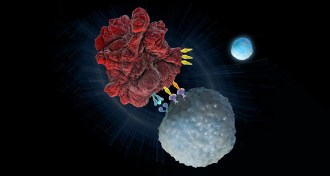 Health & Medicine
Health & MedicineTherapy flags DNA typos to rev cancer-fighting T cells
Genetic tests help identify cancer patients who will benefit from immune therapy.
-
 Physics
PhysicsSwift kick from a supernova could knock a black hole askew
An exploding star may have tilted the spin of one of LIGO’s black holes.
-
 Paleontology
PaleontologyPrimitive whales had mediocre hearing
Fossils suggest that early whale hearing was run-of-the-mill, along the same line as that of land mammals.
-
 Climate
ClimateClimate change might help pests resist corn’s genetic weapon
Rising temperatures may allow pests to eat corn that is genetically modified to produce an insect-killing toxin.
By Susan Milius -
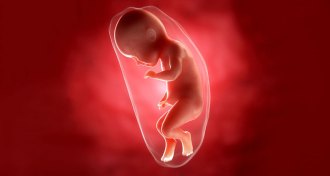 Humans
HumansFor humans, the appeal of looking at faces starts before birth
New research suggests that 8-month-old fetuses, like newborns, are particularly interested in looking at faces.
-
 Health & Medicine
Health & MedicineIt’s best if babies don’t drink their fruit as juice
New guidelines from the American Academy of Pediatrics recommend no fruit juice for babies younger than 1 year old.
-
 Cosmology
CosmologyMilky Way’s loner status is upheld
Galaxy surveys show the Milky Way lives in a vast cosmic void, which could help ease tensions between ways of measuring how fast the universe is expanding.
-
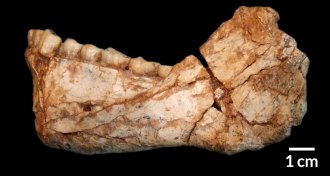 Anthropology
AnthropologyOldest known Homo sapiens fossils come from northern Africa, studies claim
Moroccan fossils proposed as oldest known H. sapiens, from around 300,000 years ago.
By Bruce Bower -
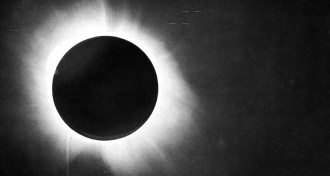 Astronomy
AstronomyEinstein’s light-bending by single far-off star detected
A measurement so precise Einstein thought it couldn't be done has demonstrated his most famous theory on a star outside the solar system for the first time.
-
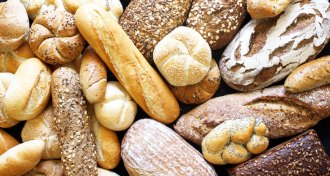 Health & Medicine
Health & MedicineChoosing white or whole-grain bread may depend on what lives in your gut
Gut microbes determine how people’s blood sugar levels respond to breads.
-
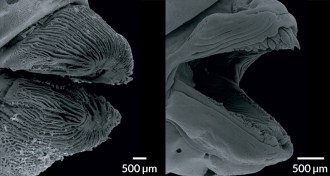 Animals
AnimalsBig slimy lips are the secret to this fish’s coral diet
A new imaging study reveals how tubelip wrasses manage to munch on stinging corals.